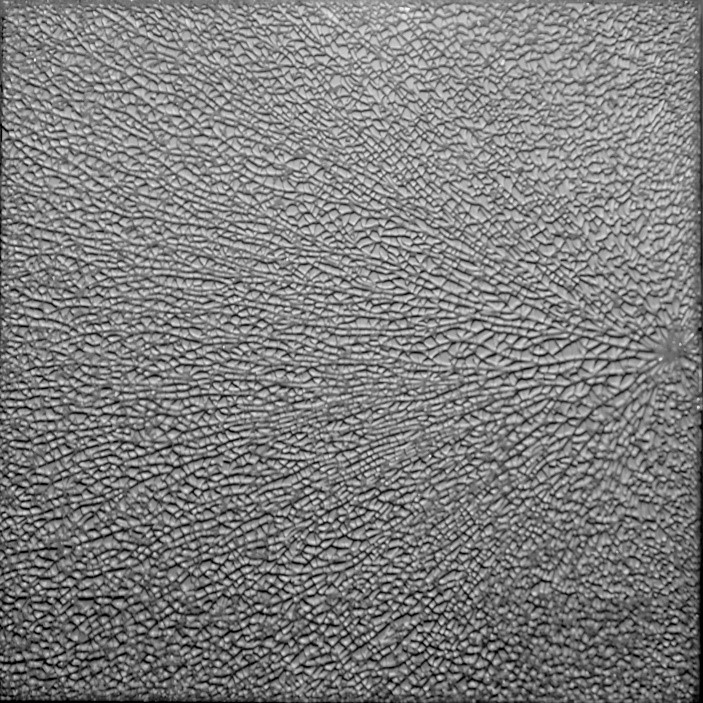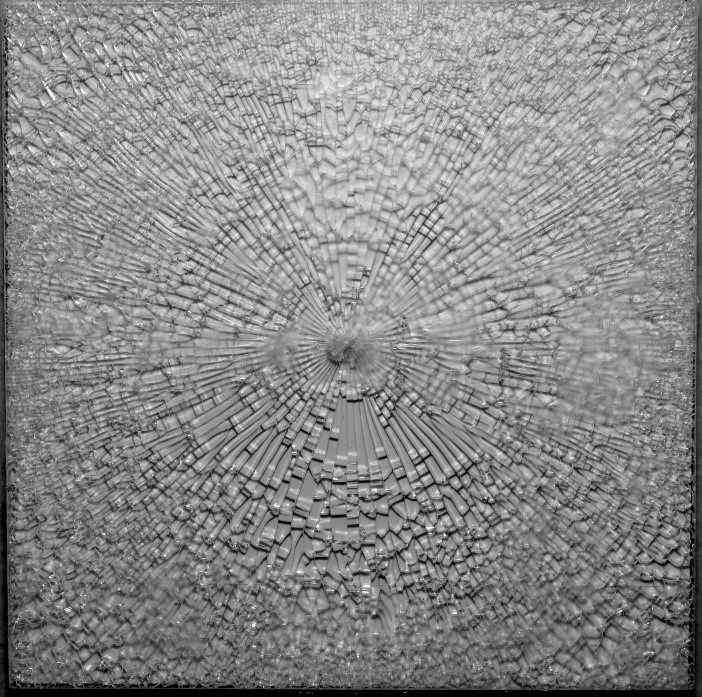
This week, we’ve received the following question from Middle East:
I have observed that when we break glass in the center with a lot of force, the fragments close to the point of impact are sometimes big long shards exceeding the standard of 40 fragments. However, shards further from the center of the impact are smaller in size. Is this normal or does this mean the glass is not tempered properly? Does the shard size vary depending on the strength of the impact?
And if this means our glass is not tempered properly, what can we do to rectify this?
It is a very known behavior that the glass fragmentation depends on where you break the glass. If you break the glass in the center, you can get long shards, but if you break it on the edges, then usually the fragments are smaller. And that’s because you have different boundary conditions depending on whether you break the glass in the center or on the edge.
If you want to get smaller fragments even if you break the glass in the center, you can increase the stress level by tempering the glass at a higher temperature and with the higher cooling power. Then, the size of the fragments will get smaller.


Für den Glastory-Newsletter anmelden
Wir beantworten Ihre Fragen zur Glasverarbeitung. Teilen Sie uns Ihre Herausforderungen mit und wir versprechen, unser Bestes zu tun, um Ihnen zu helfen.
Comments are closed.